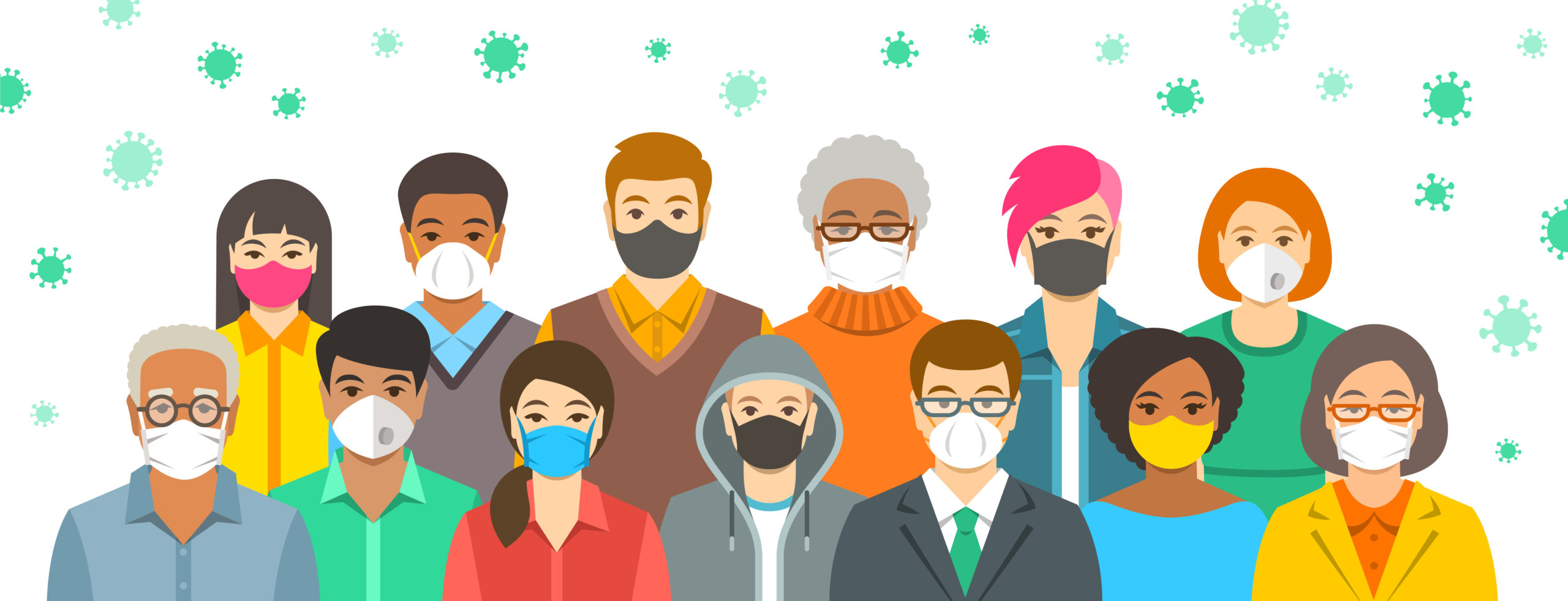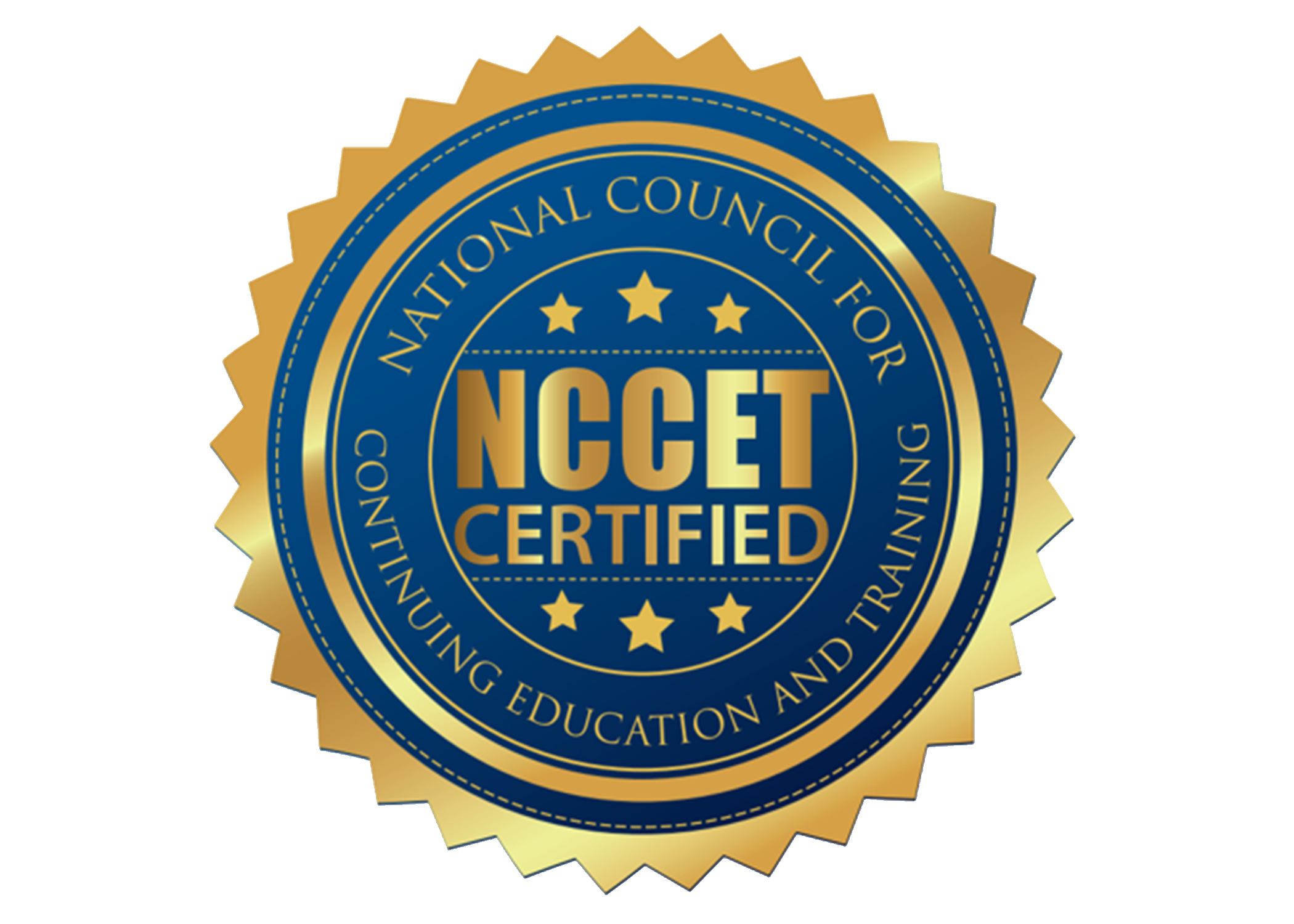This week marked the arrival of the first COVID vaccines into our country, and I want to share some thoughts. We are not through this yet and, in Bill Gate’s words1, the next four to six months could be the worst of the epidemic.
An article New Scientist2 provided a quote by Allison Schrager, an economist at the Manhattan Institute in New York, “Getting through this pandemic is essentially an exercise in risk management.” I’m an engineer as well as an entrepreneur and considering risk versus the value proposition is a way of thought in which I am well practiced.
I have a number of stakeholders associated with my company. I have my investors who expect me to do what is necessary to make my company profitable. I have my clients, who expect me to provide them with effective and viable products that allow them to expand their reach and reputation with their clientele and also provide them with excellent client support. And I have my employees, who expect me to provide them with meaningful work, an opportunity for growth, and a safe workplace.
My risk budget for my staff was defined by my need to provide my staff a safe work environment. Continuing to work in an open office format, with up to 10 people in 1500 square feet was no longer an option.
To stay safe during this time of COVID, we started planning for remote work in early February. My staff, at the time, thought I was being extreme to talk of shutting the office down. But in early February, we had the data to extrapolate the worst case, and I wasn’t going to take a risk with my staffs’ lives.
We had an all hands meeting at that time to discuss what work should look like in the pandemic. When the shutdown happened during the week of March 16, we were ready. We left the office on March 20 and never returned to work there. We subsequently gave up the space since virtual collaboration works for us.
My risk budget for my clients was defined by client safety needs. We converted all our training to a virtual classroom and cancelled all in-person training.
My risk budget for my investors was defined by the economics of the time. I went from a strong growth period to full stop for two quarters. That necessitated downsizing the company significantly.
The good news from this is that as of this date, we have not had a case of COVID within my staff, and we are starting to see the benefits of our hard work over the summer repositioning our products and working with our client partners.
Now, keeping my employees safe is out of my hands and into their own.
I have been a bit extreme in my social isolation. This is because I am comfortable with being alone. My nature is very hermit like. My bubble has collapsed in recent months to just my boyfriend and a few friends I will see very infrequently outside on my front porch, separated by 8 feet and not talking towards one another. Am I paranoid? No, I am cautious. I have a healthy respect for the power of this virus to wreak destruction in lives, my own and the others who depend on me.
This past weekend I received the news from one of my friends in town, a local family practitioner, that COVID-19 was running rampant here. He also indicated that the hospital units here are full and it was his belief that there are many asymptomatic spreaders. He urged us to be even more cautious than usual over the next few weeks.
This came on top of the news that Alabama state Sen. Larry Dixon recently passed away from the virus after letting his guard down and enjoying a meal with friends at an outdoor dining venue. His last words, shared with his wife, were “please tell everybody to be careful.” 3
In a June New York Times article4, Tara Parker-Pope wrote of establishing a personal risk budget. She noted that risk is cumulative and outlined several actions recommended to understand your risk based on your activities. These actions included knowing the exposure rate in your community and determining how much exposure you are subjecting yourself to.
The New Scientist published an article in October 20205 providing guidance in how to determine how to evaluate the amount of social contact you have and how that relates to risk tolerance. They provided four guidelines for determining a personal contact budget.
Define your risk tolerance. The start by asking you how much risk you can tolerate. The ability to categorize tolerance into low, medium or high is probably sufficient for this exercise. And keep in mind, all of this is subjective and relative. If you are healthy and everyone you know is healthy, you likely will have a tolerance that is higher than someone who has a senior person in their household or one with a medical condition.
Consider the guilt effect. This one requires some introspection. How much remorse would you feel should you be responsible for transmitting the infection?
Contact requirements for employment. Some have jobs that require contact. We are grateful for all the essential workers who have made it possible to receive medical care, shop for groceries, and function during the pandemic. If you are one of these workers, I hope you have access to appropriate personal protection gear from your employers.
Contact requirements for mental wellbeing. For some this means continuing to have salon appointments, massages, and housekeepers. For others, it means a run with friends, coffee with a sibling, and arranging limited social engagement with children. You have to do what you have to do to stay sane.
The bottom line here is to BE AWARE of your contacts and how you can impact others in your sphere of influence/transmission. The current CDC guidelines6 help with defining the exposure risk.
My personal COVID-19 risk budget is defined by more than the growth numbers in my community. It’s defined by more than how much time I’ve spent in the company of others. It’s defined by more than my personal risk likelihood of a poor outcome from contracting the disease.
I define personal COVID-19 risk budget also by how many people I could potentially infect if I was exposed and had it and spread it before I was aware of having it.
I define personal COVID-19 risk budget by how I would feel if someone I knew got the disease because of me. And how I would never forgive myself if that person died.
I define personal COVID-19 risk budget by my personal view of leadership.
In the case of COVID, the risks are too high. While I could deal with accepting the consequences of putting myself in harms way, I will do what I can to avoid contributing to someone else’s dance with this virus.
So, I stay isolated.
I have watched social and volunteer groups, whose membership includes many retired folks, return to meeting in person under ‘socially distanced and mask wearing protocols.’ For small gatherings, the CDC qualifies this as lower risk, however it requires masks to continually be worn. What is apparent, though, via social media postings of these gatherings, is that not everyone is masked, and speakers are often unmasked.
In the words of John Wooden, the UCLA coach, “The most powerful leadership tool you have is your own personal example.”
Personal responsibility is what guides us when we have confusing and/or lax direction from government. As published in the Boston Globe last week7, there are actions that individuals “can take to make their communities safter— wear masks, maintain social distancing, avoid gathering indoors for any amount of time with people outside your own household.”
So, borrowing from ‘Hill Street Blues’ Sgt. Esterhaus’ closing to his morning precinct roll-call meetings, “Let’s be careful out there!”
Let’s Be Careful Out There | ‘Hill Street Blues’ Supercut – Bing video
2 Your covid-19 risk: How to navigate this new world of uncertainty | New Scientist
3 Ex-Alabama Lawmaker Warns ‘Be Careful’ Before Dying of COVID-19 | PEOPLE.com
4 5 Rules to Live By During a Pandemic – The New York Times (nytimes.com)
5 You can manage your covid-19 risk by setting your own ‘contact budget’ | New Scientist


